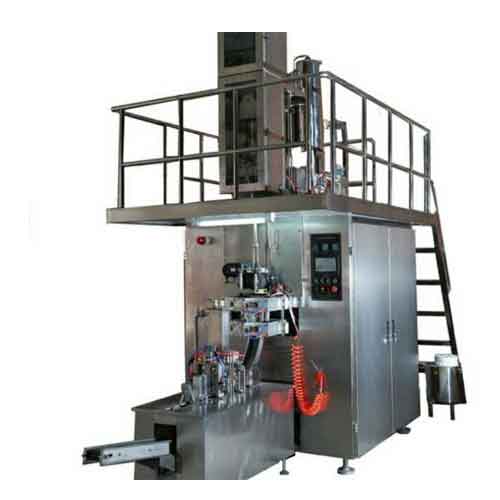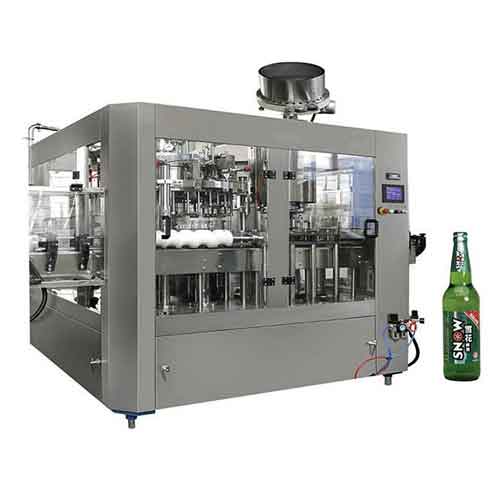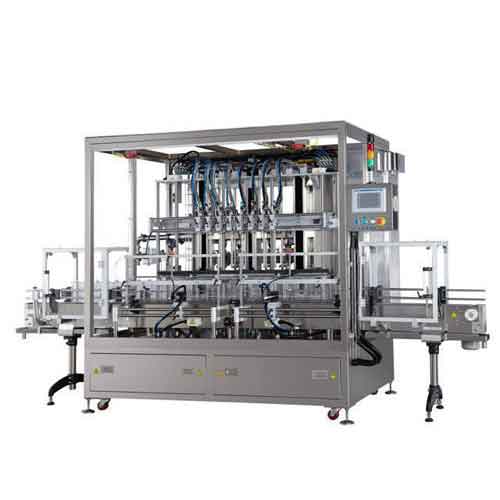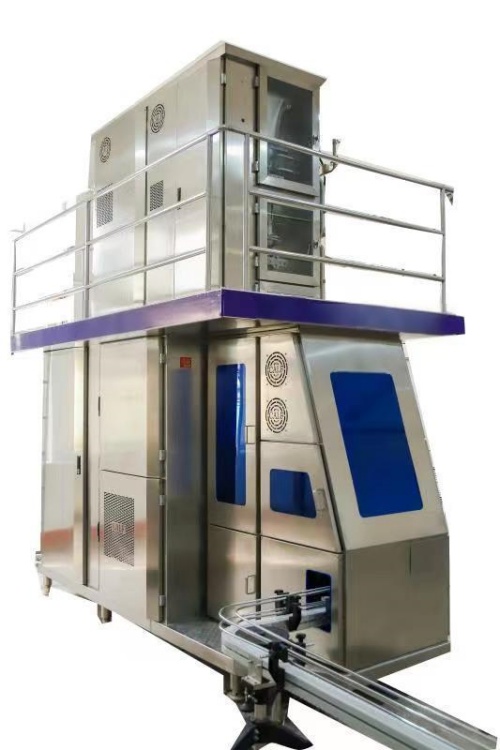
Table of Contents
l Check the Installation Site Before You Start
l Assemble the Machine with Precision
l Perform Rigorous Cleanliness and Alignment Checks
l Conduct a Test Run to Ensure Everything Works
l Addressing Common Challenges
So, you're looking to get a new 250ml aseptic carton filling machine. You probably have a lot of questions. How do you install it? What do you need to check? This is a big investment for your business. You need everything to work perfectly from day one. I know this because I've been in your shoes. I've worked with food companies just like yours. I've seen the stress of a poorly installed machine. It can cause delays, waste, and even health problems. But don't worry. I'm here to help. I want to share my experience. I want to make sure your installation goes smoothly. Let's get started.
Installing a 250ml aseptic carton filling machine is a complex but critical process. To ensure optimal performance and safety, you must follow a detailed checklist. This includes verifying the installation site, assembling the machine correctly, performing rigorous checks for cleanliness and alignment, and conducting test runs. Following these steps carefully will help you avoid costly downtime and ensure your production runs efficiently from the first batch.
Check the Installation Site Before You Start
You can't just put this machine anywhere. The place where you put it is super important. The site needs to be strong. It needs to support the heavy machine. Also, the area around the machine needs to be clean. This is for food safety. If the site isn't right, your machine might not work well. It could even break down. So, take the time to get this right. It's a big part of making sure your machine runs for a long time.First, ensure your site has enough space for the machine and easy access for maintenance. Check that the floor is flat and sturdy to support the weight. You need reliable electrical and water connections that match the machine's specs. Also, consider ventilation and cleanliness to maintain aseptic conditions. I always advise clients to review the manufacturer's site requirements beforehand and do a mock setup if possible. This prevents surprises and keeps your project on track.
Assemble the Machine with Precision
Now, let's talk about putting the machine together. This is not a job for anyone. You need to do it carefully. Every part must be in the right place. Think about it: loose bolts or incorrect wiring might not show issues right away, but they can cause breakdowns during peak production. This results in downtime and lost revenue, which no one wants. So, follow the instructions step by step. Use the right tools. Make sure all the parts are tight and secure. This will make your machine work well and last a long time.Start by unboxing the machine carefully and checking all parts against the inventory list. When assembling the machine, you must follow the manufacturer's instructions precisely. Use the correct tools and fasteners. Make sure all components are properly aligned and tightened. Check for any loose parts or misalignments. A misassembled machine can lead to leaks, mechanical failures, and poor product quality. Take your time and do this job right.
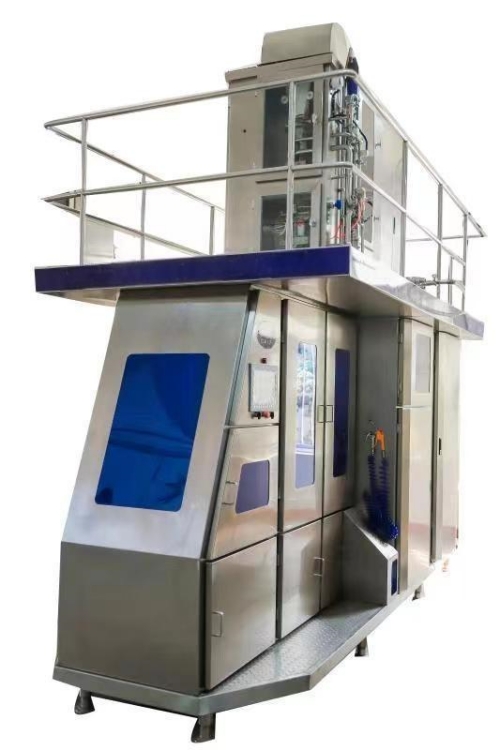
Perform Rigorous Cleanliness and Alignment Checks
Cleanliness is a big deal for food. Your machine must be spotless. This is for safety. Also, the parts of the machine must be perfectly aligned. If they are not, the machine will not work right. It could make mistakes. So, clean everything thoroughly. Check all the parts for any small problems. This will keep your food safe and your machine working well.Cleanliness and alignment are two of the most important checks. The entire machine must be cleaned and sanitized to ensure food safety. You must also check that all moving parts are properly aligned. This includes the conveyor belts, the filling nozzles, and the carton handling mechanisms. Proper alignment prevents jams, leaks, and ensures accurate filling. These checks are essential for the machine's performance and the safety of your products.
Conduct a Test Run to Ensure Everything Works
Commissioning is where many hidden issues surface, and I've witnessed clients panic when tests fail. Imagine running the machine for the first time and seeing leaks or inaccurate fills. This not wastes materials but also risks product quality and customer trust. However, a systematic testing approach can turn this into a confidence-building phase.After installation and checks, you must conduct a test run. Start the machine and run a small batch of product. Monitor the machine for any issues. Check the quality of the product, including the fill level, seal integrity, and label placement. Listen for any unusual sounds. Make sure the machine runs smoothly. If everything works as expected, you can proceed to full production. If you find any problems, stop the machine immediately and troubleshoot.
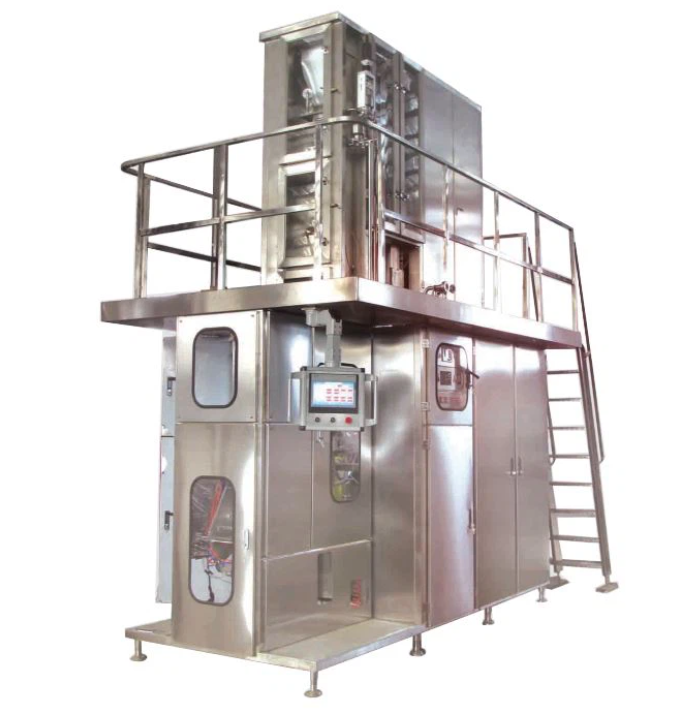
Addressing Common Challenges
Even with careful planning, challenges can pop up, and I've helped many teams tackle them. For instance, alignment issues or sensor errors might cause intermittent stops. These hiccups can slow down your entire operation and lead to frustration. But with a proactive mindset, you can resolve them quickly and keep things moving.Keep a checklist of common problems like seal failures, motor issues, or calibration drifts. Train your staff to perform basic troubleshooting, such as checking for blockages or resetting controls. Have spare parts on hand to reduce downtime. I always emphasize regular communication with your supplier for support. By anticipating these challenges, you build resilience and maintain high efficiency.
In conclusion, installing and commissioning a 250ml standard aseptic carton filling machine doesn't have to be daunting. By focusing on site prep, precise installation, thorough testing, and problem-solving, you can achieve a seamless setup. As your partner in food machinery, I hope these tips help you maximize your investment and boost your production reliability. Feel free to reach out if you have more questions—I'm here to support your success!
Union Machinery has been engaged in food machinery customization services since its establishment in 2014, according to customer needs for you to tailor suitable machinery and equipment, for more product information, please refer to: Aseptic-Carton-filling-machine;More video information see view:200ml-aseptic-carton-filling-machine ; Our expertise and advantages will bring you more opportunities and development space.
For personalized, industry-tailored advice and to explore state-of-the-art solutions, please don't hesitate to contact us at info@unmachinery.com
The following is other knowledge related to aseptic carton filling production that I have summarized based on long-term work experience, for your reference. I hope it will be helpful to you.
1.What is the aseptic filling machine?
2.How to ensure the quality and safety of aseptic carton filling products?
3.What are the common forms of aseptic carton packaging?
4.What are the main equipment of aseptic carton filling line?
5.Aseptic carton filling common problems and solutions.
6.How to ensure the aseptic effect of aseptic carton filling?
7.What should be noted when buying a aseptic carton filling machine?
8.What are the benefits of using a sterile carton filling machine?
9.How can aseptic carton filling machines help enterprises improve production efficiency?
10.What is the maintenance cost of a aseptic carton filling machine?
11.How to judge the quality of aseptic carton filling machine?
12.How Can Aseptic Filling Revolutionize Your Ice Cream Production?
13.How to Maintain a Standard Brick Aseptic Carton Filler?
14.How Much Does a 250ml Brick Aseptic Carton Filling Machine Cost?

